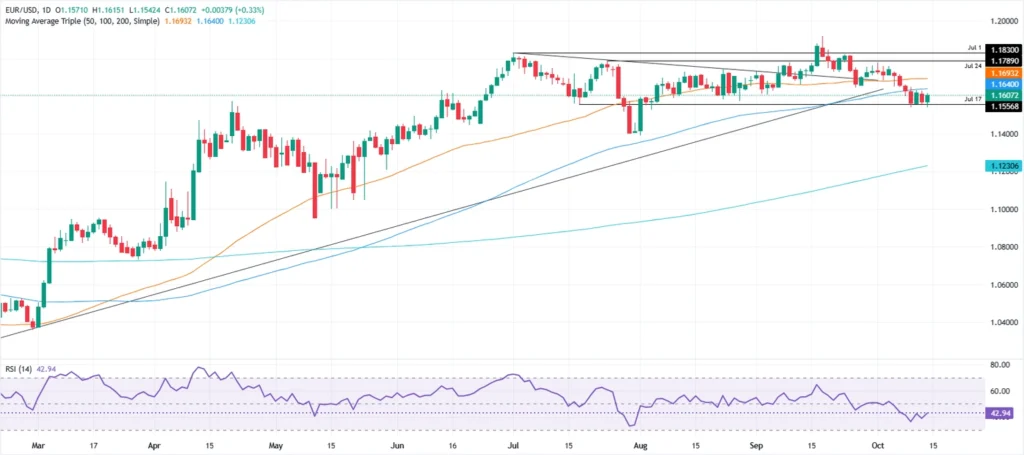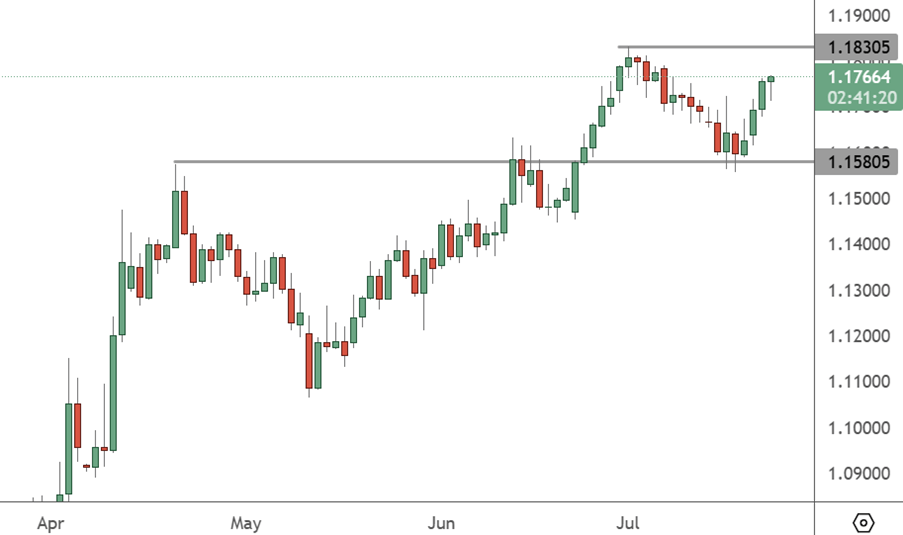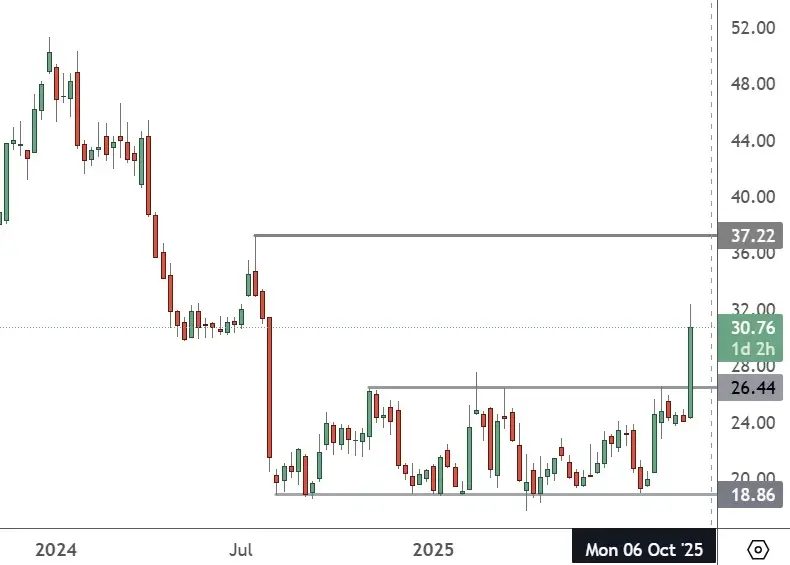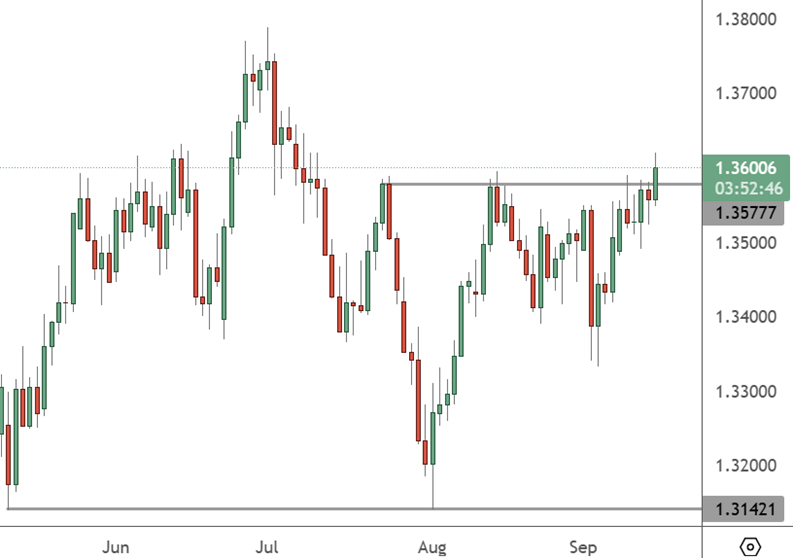The euro climbed above 1.16 against the dollar on Tuesday, supported by Federal Reserve Chair Jerome Powell’s cautious policy stance and a temporary easing of political tensions in France after the government suspended its contentious pension reform.
Powell, speaking at an economic forum, reiterated a “meeting-by-meeting” approach to interest-rate decisions and indicated that risks to the labor market now take precedence over inflation concerns. While he noted the economy remains firmer than expected, he acknowledged growing vulnerabilities in employment, which reinforced expectations for further monetary easing.
Money markets are pricing in a 97% probability of a 25-basis-point rate cut at the Fed’s October 29 meeting, according to Prime Market Terminal.
The dollar also faced pressure from renewed U.S.-China trade friction. President Donald Trump’s sharp rhetoric toward Beijing prompted China to impose additional port fees on U.S. vessels, fueling risk-off sentiment. Domestically, U.S. business confidence weakened, with the NFIB Business Optimism Index falling to 98.8 in September, the first decline in three months. The NFIB Uncertainty Index jumped to 100, its fourth-highest reading in more than 50 years.
In Europe, French President Emmanuel Macron’s decision to pause pension reform offered temporary relief to the euro. Meanwhile, European Central Bank officials struck a dovish note: President Christine Lagarde said monetary policy was “well calibrated,” while Governing Council member François Villeroy de Galhau suggested the next move is more likely a cut than a hike.
Economic data provided mixed signals. German inflation held steady, but the ZEW Economic Sentiment Index for the eurozone came in below expectations at 39.3, though it improved from August’s 37.3. Current Conditions, however, deteriorated sharply to minus 80.0, far worse than forecast.
The ICE U.S. Dollar Index (DXY) slipped 0.25% to 99.00, reflecting broad-based dollar weakness.
EUR/USD Technical Overview: Gains Contained Below Key Moving Average

EUR/USD traded at 1.1606, up 0.32% on the day, reclaiming the 1.1600 level. However, the pair remains below its 100-day simple moving average at 1.1641, keeping the near-term bias neutral to bearish. The Relative Strength Index (RSI) lingered below 50, signalling persistent downside momentum.
Immediate support sits at 1.1600, with deeper levels at 1.1550 and 1.1500. A break below the latter could target the August low near 1.1391. On the upside, resistance looms at 1.1650 and 1.1700; a sustained move above 1.1700 may open the path toward 1.1800 and the July high of 1.1830.
Markets now await the U.S. Consumer Price Index report due October 24, which will be closely watched for clues on the Fed’s next policy move, even as a partial government shutdown threatens the release of key data.


